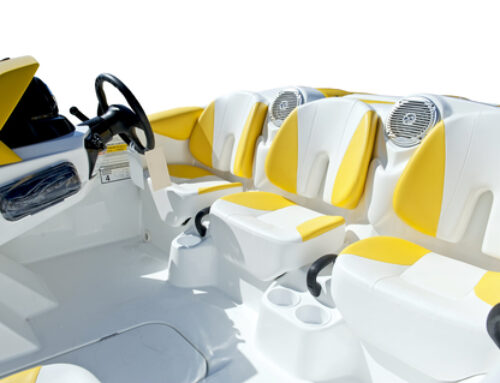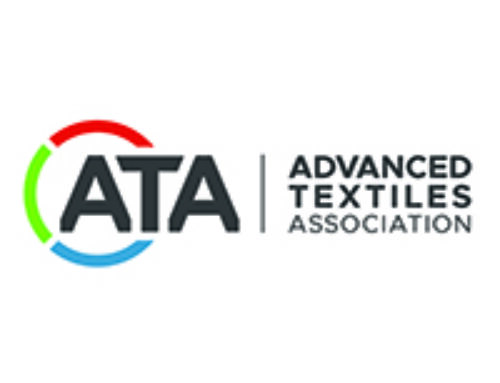Acrylic vs. polyester
By Mary Jo Morris
Two fabrics that are used frequently in exterior marine applications are acrylic and polyester. The list below describes their characteristics. The list is not exhaustive and additional information can be found on manufacturers’ websites, as well as in resources from the Marine Fabricators Association. Distributors are a good source for information about specific fabrics and can provide fabric sample cards.
Each fabric’s primary characteristics as a woven fabric are listed first, followed by the features that are added with treatments and coatings.
Solution-dyed acrylic
Woven: breathable, water resistant, small amount of stretch/shrink, high UV resistance, and excellent color retention
Treated: all of the above, plus water repellent, mildew resistant
Coated with polyurethane: the standard acrylic characteristics plus increased water resistance/repellency and abrasion resistance
Coated with vinyl: waterproof, not breathable, abrasion resistant, easy to clean, plus the other characteristics of acrylic, such as color retention
Solution-dyed polyester
Woven: breathable, dimensionally stable, strong, good abrasion resistance
Treated: all of the above, plus water repellent, mildew resistant
Coated with vinyl: waterproof, abrasion resistant, dimensionally stable, easy to clean, plus the standard polyester characteristics
Coated with acrylic: very strong, high abrasion resistance, dimensionally stable, plus the standard acrylic characteristics
Coated with urethane: standard polyester characteristics, plus increased water and mildew resistance
Conclusion
Knowing all these characteristics helps clarify the fabric selection process. For example, compare the following fabric characteristics for a new bimini: A treated, solution-dyed acrylic is breathable, UV resistant, mildew resistant, water repellent, colorfast, has some stretch, and is easy to clean, but dirt can become embedded in the texture of the weave.
A vinyl-coated, solution-dyed polyester is waterproof, easy to clean, dimensionally stable, manufactured to match various gel coat colors, but doesn’t breathe and will degrade if the protective coatings are compromised with solvents or vigorous cleaning.
Both fabrics will make a beautiful, long-lasting bimini. The final choice will depend on the boat owner’s needs and preferences.
 TEXTILES.ORG
TEXTILES.ORG 






